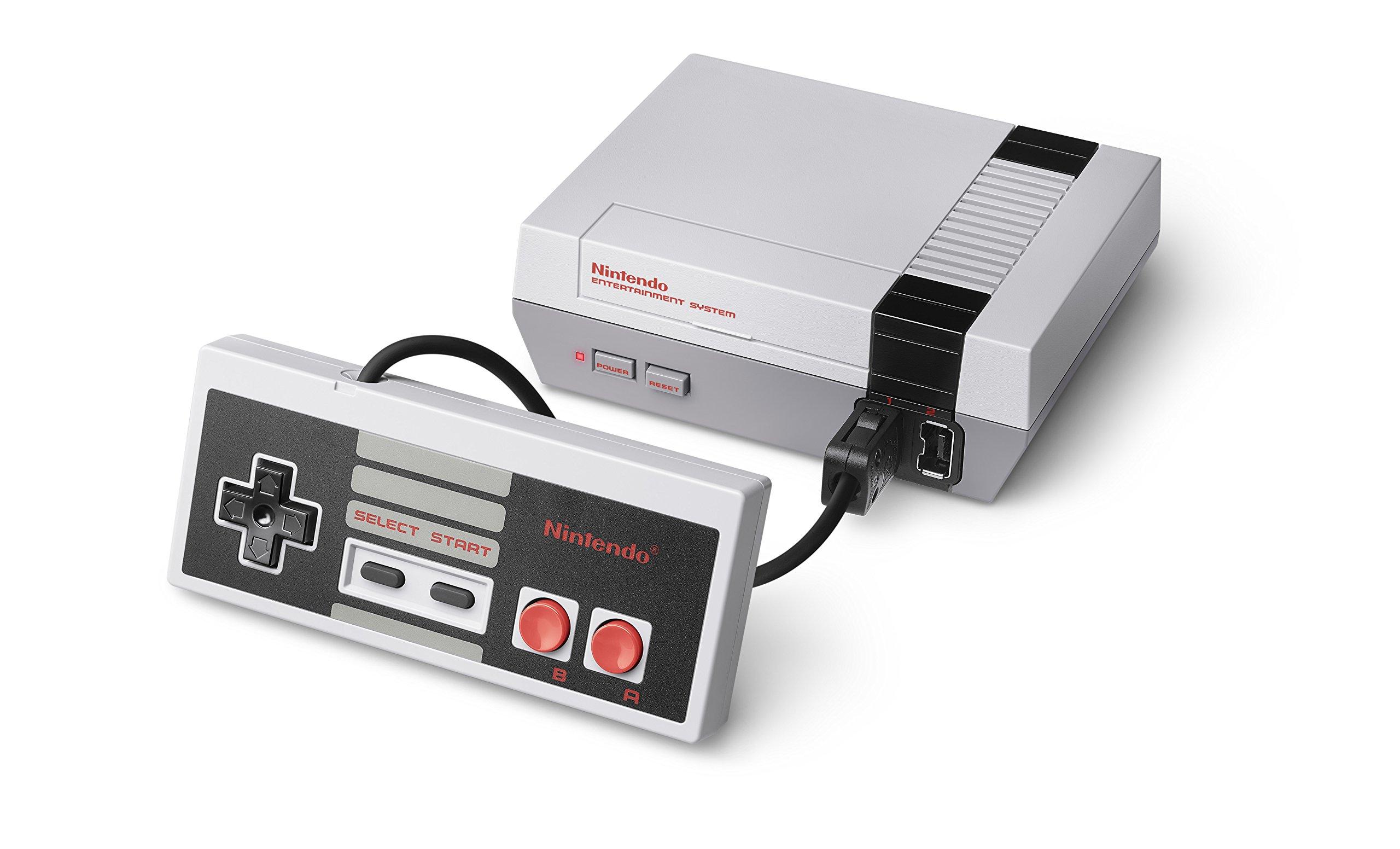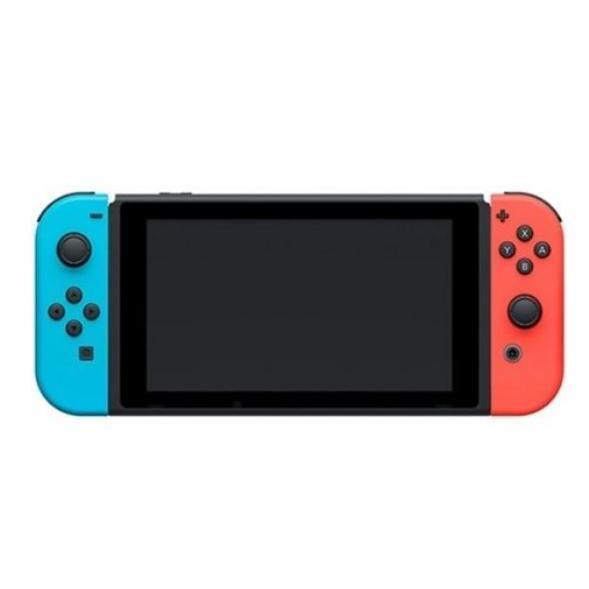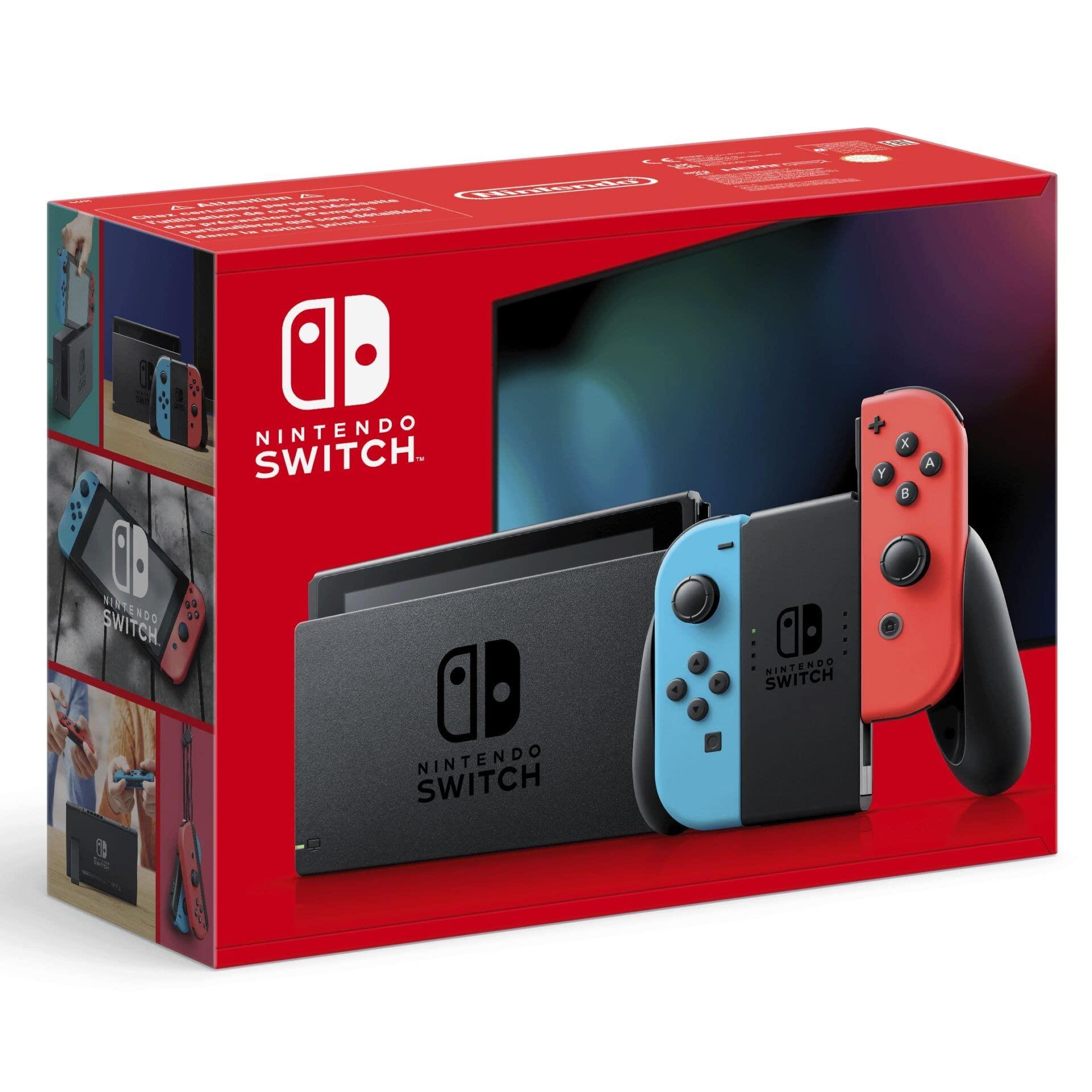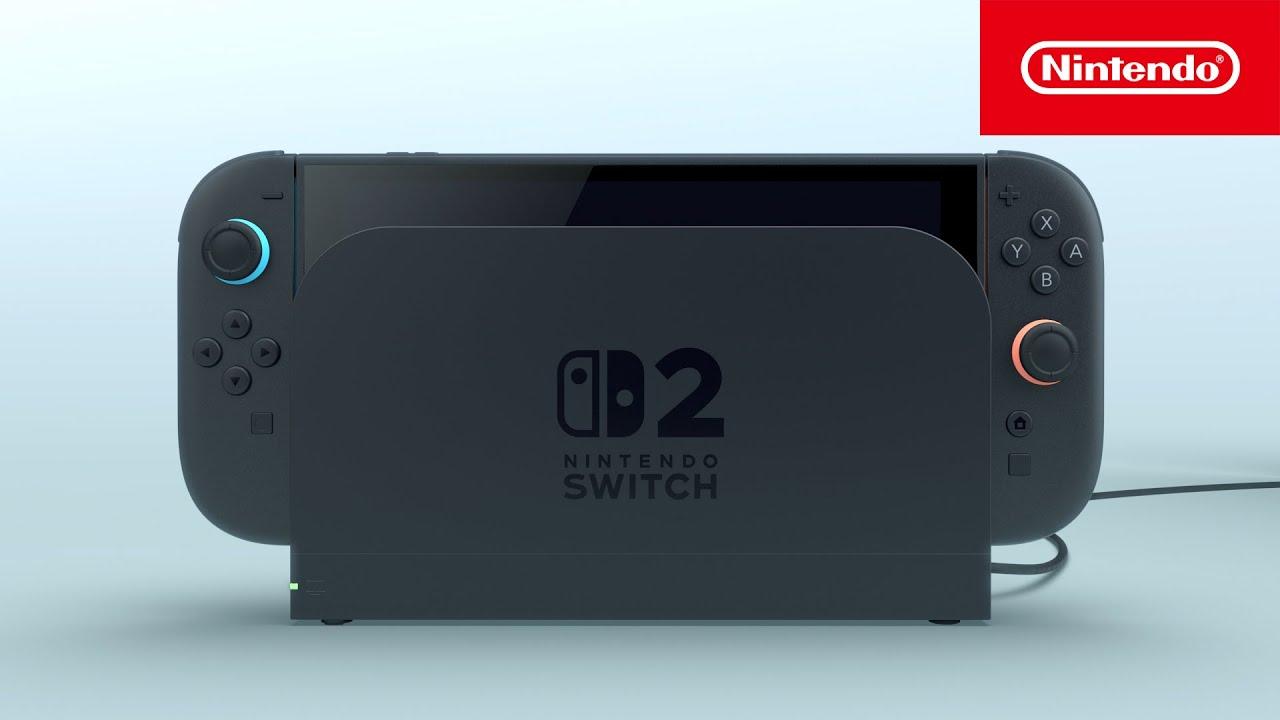Overview of Nintendo’s Market Performance and Future Prospects
Nintendo’s recent market performance has garnered significant attention, fueled by the promising outlook for the much-anticipated switch 2. With rising shares, investors are increasingly optimistic about the gaming giant’s capacity too reclaim its place at the forefront of the industry. Goldman Sachs‘s research indicates that the next-generation console could potentially create a surge in user engagement, drawing in both long-time fans and new gamers.As the gaming landscape continues to evolve,the demand for innovative technology combined with compelling content will be critical for Nintendo’s sustained growth amidst ever-growing competition.
Several factors are contributing to a favorable market sentiment towards Nintendo:
- Strong Brand loyalty: A dedicated fan base that remains eager for new offerings.
- Next-Gen Innovation: Anticipation of unique features and enhancements in the Switch 2 that could set it apart.
- Expanding Game Library: Upcoming titles that promise to attract and retain users, enhancing console appeal.
- Robust Financial Health: Steady revenue streams from both hardware and software sales, paving the way for future investments.
As Nintendo positions itself to capitalize on these trends, careful attention to market dynamics and consumer preferences will be crucial in executing a triumphant launch and ensuring the longevity of their products in an increasingly competitive gaming arena.

Goldman Sachs Analysis: Projecting Growth Driven by Switch 2
Goldman Sachs has provided a positive outlook for Nintendo, predicting a significant boost to user engagement and revenue as the company gears up for the launch of its highly anticipated Switch 2. According to their analysis,the successor to the original Switch promises to enhance the gaming experience through advanced technology and improved graphics,which could attract both existing fans and new users. Key factors highlighted in the report include:
- Innovative Hardware: The Switch 2 is expected to feature upgraded processors and better battery life, positioning it as a leader in the gaming console market.
- Diverse Game Library: With an expanding portfolio of first-party and third-party titles, Nintendo is set to cater to varied gaming preferences.
- Online Multiplayer Expansion: Enhanced online capabilities may lead to increased subscriptions and in-game purchases, driving revenue growth.
Goldman Sachs estimates that the introduction of the new console could lead to an uptick in Nintendo’s stock price, as the gaming industry witnesses a surge in demand following the last-generation consoles. Furthermore, the integration of cloud gaming features could revolutionize the way users interact with their favorite titles, providing an advantage over competitors. Analysts predict that this transition, alongside effective marketing strategies, will not only solidify Nintendo’s market position but also potentially redefine its long-term financial trajectory:
- Increased User Base: A broader audience could be attracted to Nintendo’s ecosystem.
- Enhanced Gaming Experience: gamers are likely to be captivated by the innovation and quality of game offerings.
- Market Resilience: Nintendo’s ability to adapt to evolving consumer needs positions it for enduring growth.

User Engagement Trends and the Potential Impact on Sales
The recent surge in Nintendo shares, ignited by Goldman Sachs’s optimistic outlook on the rumored Switch 2, highlights a significant shift in user engagement trends within the gaming industry. As gamers increasingly seek innovative experiences, the expectation surrounding the upcoming console has sparked renewed interest in the Nintendo brand.This potential revival is driven by several key factors:
- User-Centric Design: Gamers today prioritize consoles that enhance their gaming experience, whether through improved graphics, engaging gameplay, or greater accessibility.
- Community Connectivity: with multiplayer and online functionalities becoming integral, Nintendo’s future console is expected to focus on fostering user interaction and engagement.
- Content Diversity: the promise of a broad game library, including titles catering to various demographics, can expand Nintendo’s user base and keep engagement levels high.
Unlocking these engagement trends could have significant implications for sales. The more effectively Nintendo aligns with evolving user preferences, the greater the potential for boosting its market share.Moreover, capturing the attention of nostalgic gamers while appealing to new audiences can create a sustained interest that translates to robust sales figures. This bustling anticipation surrounding the Switch 2 is not merely about maintaining relevance—it’s about crafting a compelling narrative that resonates deeply with a diverse gaming community.

Investment Recommendations for Stakeholders in the gaming Sector
As the gaming industry continues to evolve, stakeholders are presented with numerous opportunities to capitalize on emerging trends, notably following the recent surge in Nintendo shares. Analysts at Goldman sachs have pointed to the anticipated release of the highly awaited “Switch 2” as a vital driver for user acquisition and engagement. This speculated upgrade not only promises enhanced graphics and gameplay capabilities but also aims to expand the overall gaming ecosystem, potentially increasing revenue streams for Nintendo and its partners. Investors should consider the following when evaluating their positions in the gaming sector:
- Market Positioning: Assess how well companies are positioned to benefit from hardware upgrades and exclusive game releases.
- Consumer Demand: Monitor data on consumer interest for upcoming consoles and related software offerings.
- Investment in Innovation: Look for companies that are investing substantially in technology and game development, as this can provide competitive advantages.
Furthermore, stakeholders should be wary of potential risks associated with the gaming market’s volatility. Despite Nintendo’s promising outlook, the gaming industry is also susceptible to shifts in consumer preferences and economic downturns. Thus, diversifying investments in a variety of gaming entities—including indie developers, VR/AR technologies, and mobile gaming—can mitigate risks and capture growth across different segments. Key considerations for risk management might include:
- Global Market Trends: Stay informed on global gaming trends and how they may impact company performance.
- Regulatory Changes: monitor any legislative developments that could influence the gaming industry landscape.
- Consumer Engagement Metrics: Analyze player engagement data to predict which companies are likely to succeed in the long term.
